
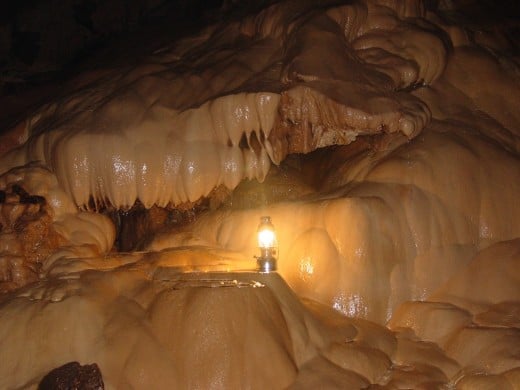
How are caves formed?
Before we can explore these amazing caves, it is important that we understand how they came to be. There are different types of caves in the world. Similarly, there are different ways on how they were formed but for the sake of this hub, we will only dwell on the general process in cave formation..
Cave formation begins when acid rain is absorbed by the ground. Acid rain consist of rainwater mixed with carbon dioxide. As this acid rain travels through the ground, it comes in contact with solid rocks. If the rock is made of limestone or dolomite, the water will react chemically until this rock slowly dissolves and hollow space is formed. As the space becomes bigger water passes through it until it accumulates and becomes a stream or underground river. Erosion and weathering starts which also helps in cave formation. After a thousand years, the hollow space is already big enough for a human to enter. And after a million years, chambers and columns due to stalactite (from the ceiling) and stalagmite (from the ground) formation becomes so spectacular giving birth to these amazing cave systems.
10. The Blue Grotto (Capri, Italy)
The Blue Grotto is an emblem of the island of Capri in Italy. It is a sea cave found in the coast of the island and is well known to all tourists that visit Capri. This cave is so unique because it has a brilliant blue and emerald glow. This spectacular glow comes from two sources. One is the entrance way to the cave which is a small opening where only one rowboat can enter at a time. And the other one is the larger hole underneath the entrance way which is submerged in the water. The entrance way, when viewed from the inside of the cave appears as a brilliant white light just above the water line. The second hole from underneath the water which is the larger source of light gives the blue glow.
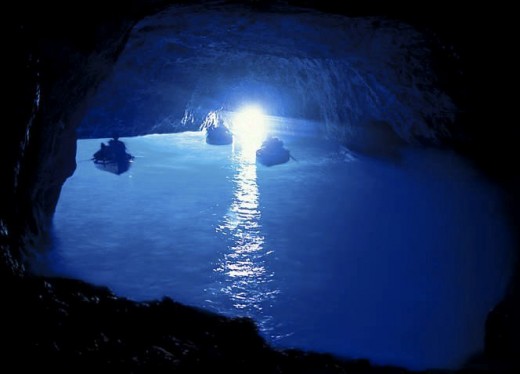
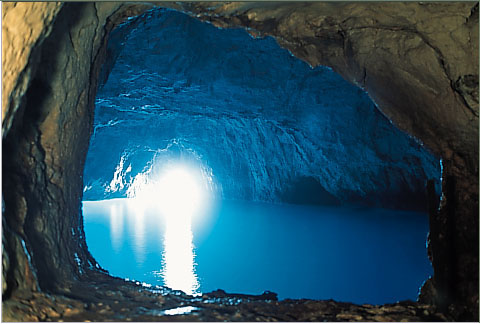
Fun trivia:
Cave of giant crystals will not last for long. They are only accessible today because of the pumping operations used by the mining company which keeps them clear of water.
Recent update: As of February 2017, It was brought to the attention of BBC that the mining has stopped and the cave was once again re-flooded...
9. Cave of Crystals (Chihuahua, Mexico)
Miners discovered the cave of swords first in 1910 which is located just above the cave of giant crystals. Here in the cave of swords crystals are much smaller (only about 1 meter long) and the temperature is colder. That maybe the reason why crystals here stopped growing.
The cave of giant crystals on the other hand was discovered in 2000. Its floor is covered with perfectly faceted crystalline blocks. And this cave contains the largest natural Selenite crystals ever found. The largest crystal found here was12 meters in length and 4 meters in diameter and the normal temperature is 50-58 degrees Celsius with 90-99% humidity. Because of this extremely hot temperature, this cave is relatively unexplored and people without proper protection gears can only last a maximum of 10 minutes.
The crystals were formed because there is a magma chamber just below the cave floor. The magma heated the ground water and it saturated numerous minerals including large quantities of gypsum. This hollow space in the cave became filled with saturated gypsum and for 500,000 years the ground water remained at 50 degrees Celsius which allowed the crystals to form and grow to gigantic sizes.
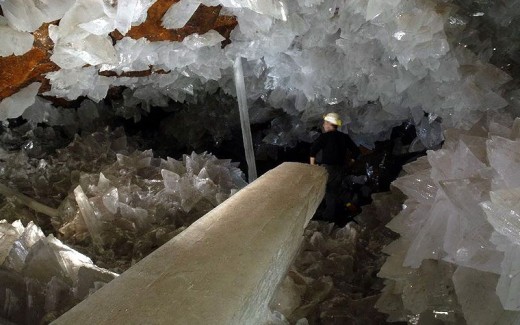
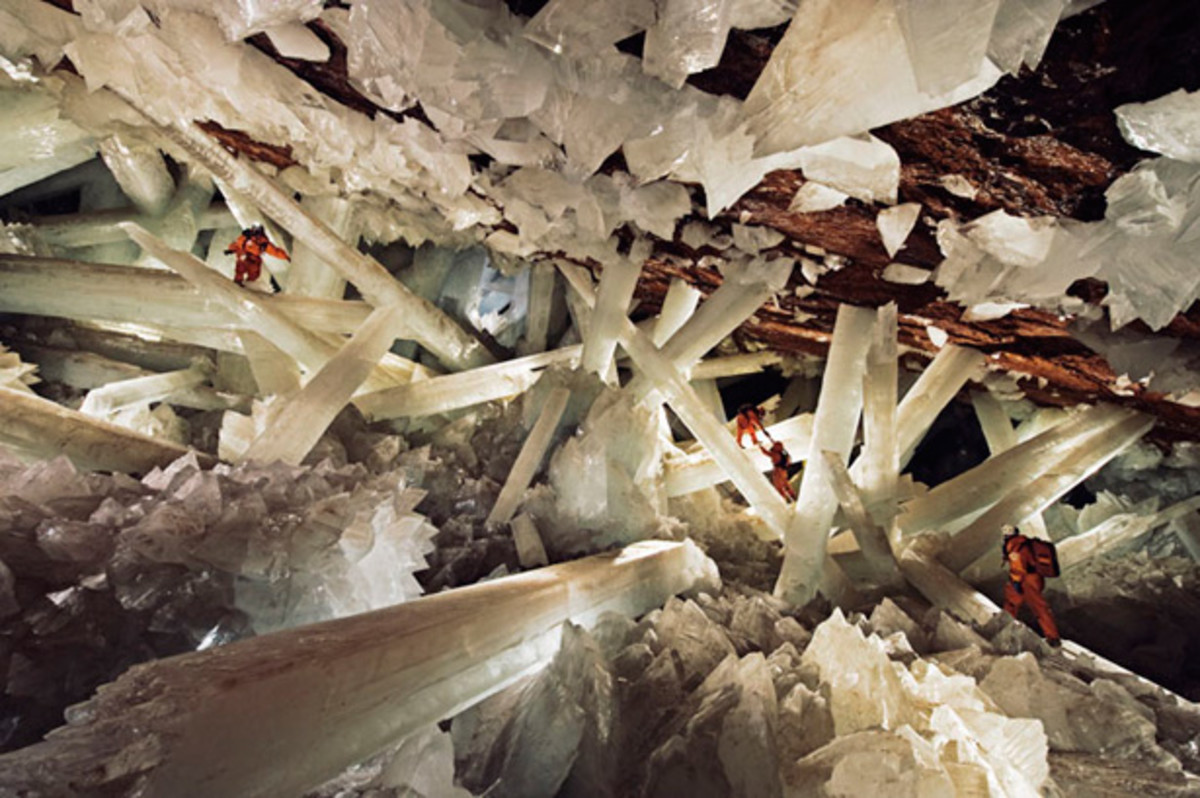
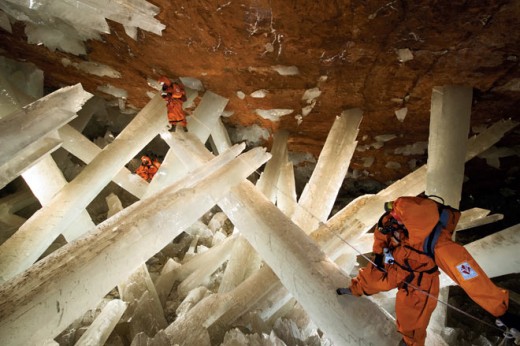
8. Krubera Cave (Abkhazia, Georgia)
Krubera cave is the deepest known cave on Earth discovered in1960 with a depth of more than 2000 meters. Krubera cave is also known as the Voronja cave which means "cave of the crows" in Russian. This name was used in 1980 by speleologists because of a number of crows nesting at the entrance of the cave. The original name krubera was given by Russian speleologists after Alexander Kruber, a noted Russian geographer.
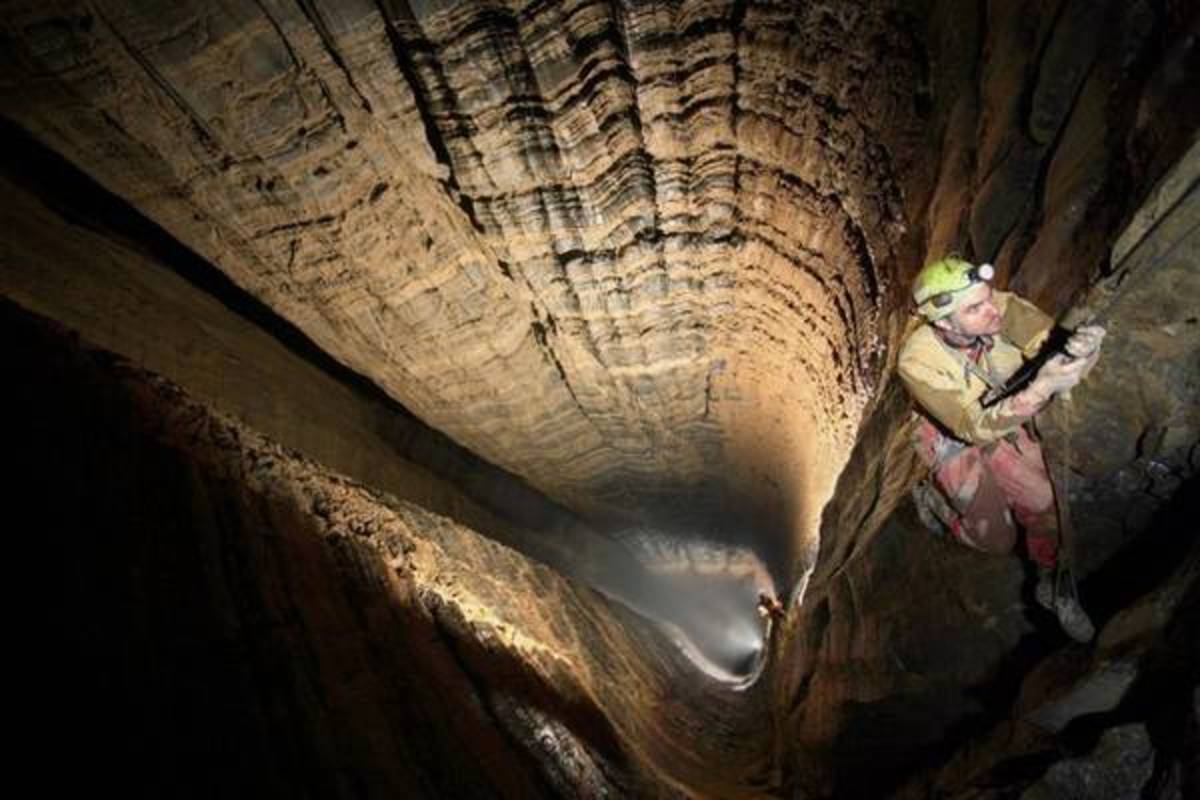
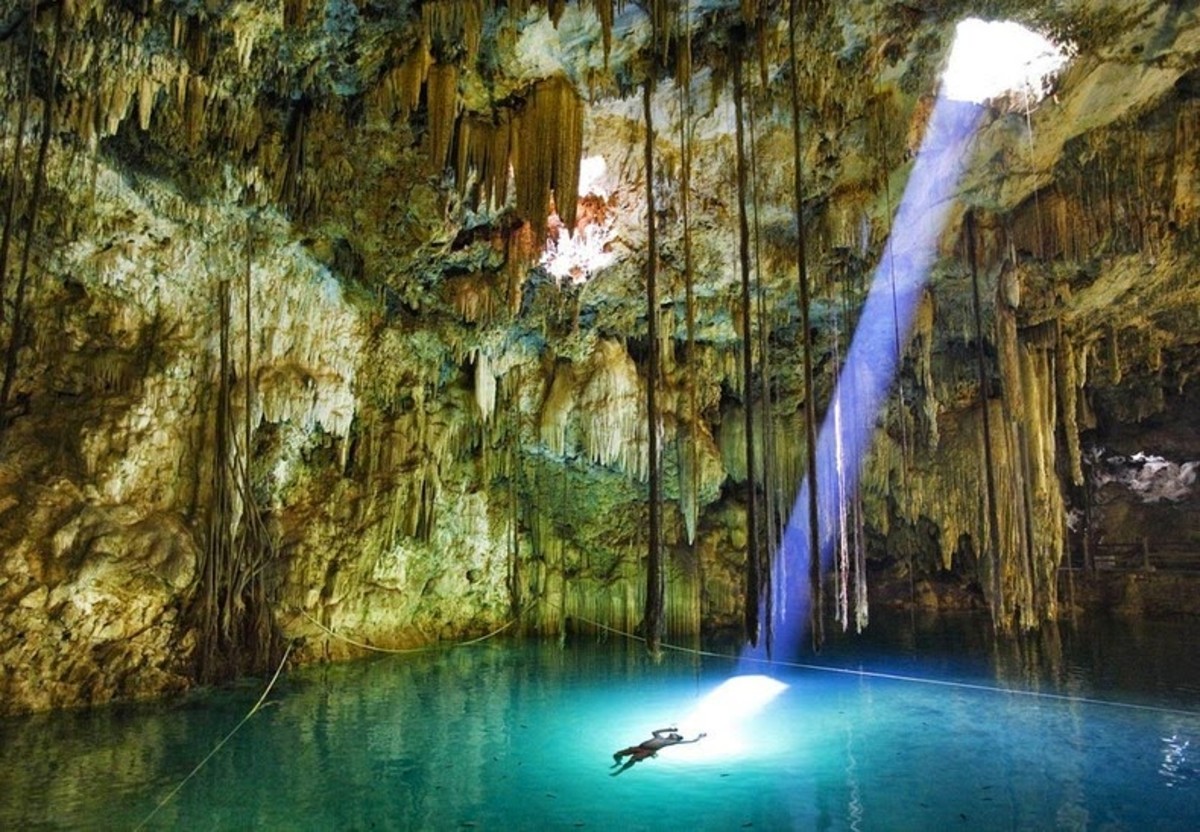
...Other must-see caves
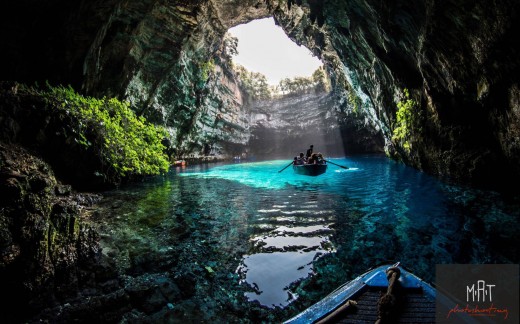

7. Fingal's Cave (Staffa, Scotland)
Fingal is a sea cave located on the uninhabited island of Staffa in Scotland. It is formed entirely from basalt columns which are hexagonally jointed within a paleocene lava flow. The cave's size and naturally-arched roof plus the eerie sounds made by the waves above the cave roof is perfect for cathedral-like atmosphere. It's name was derived from a hero on James Macpherson's book Fingal which means "white stranger".
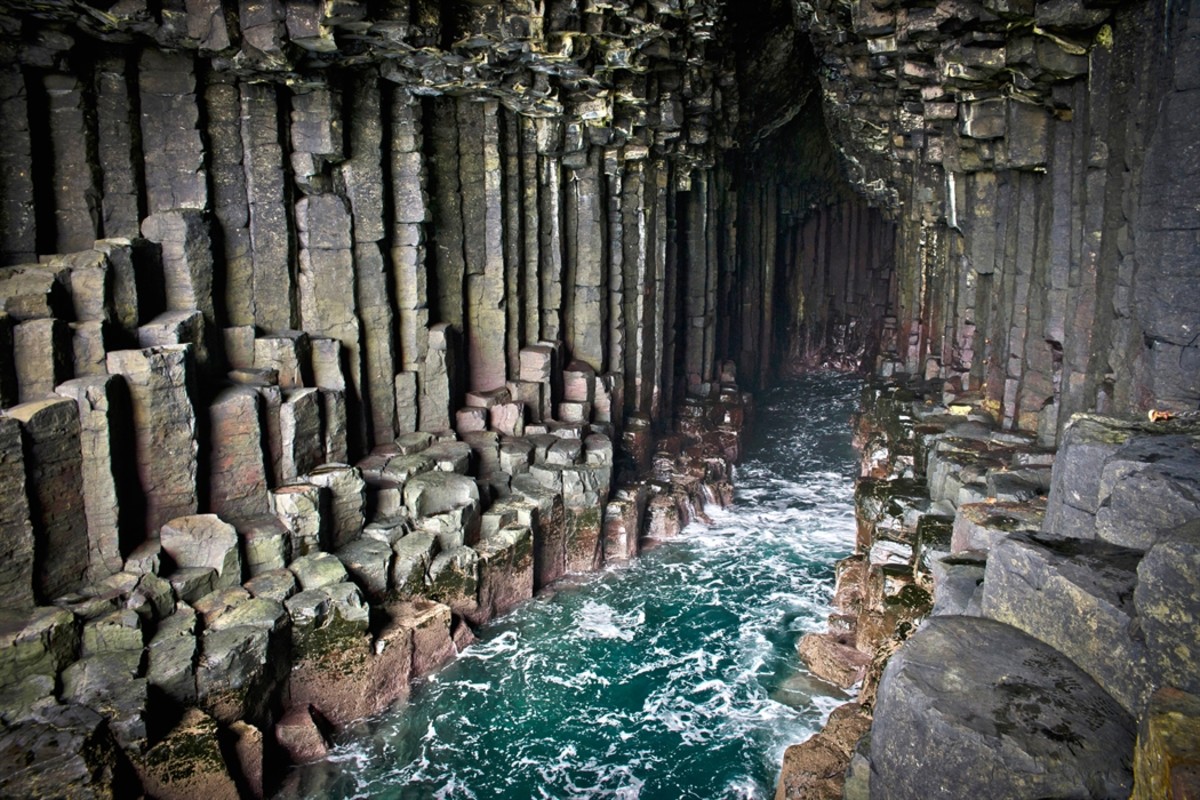
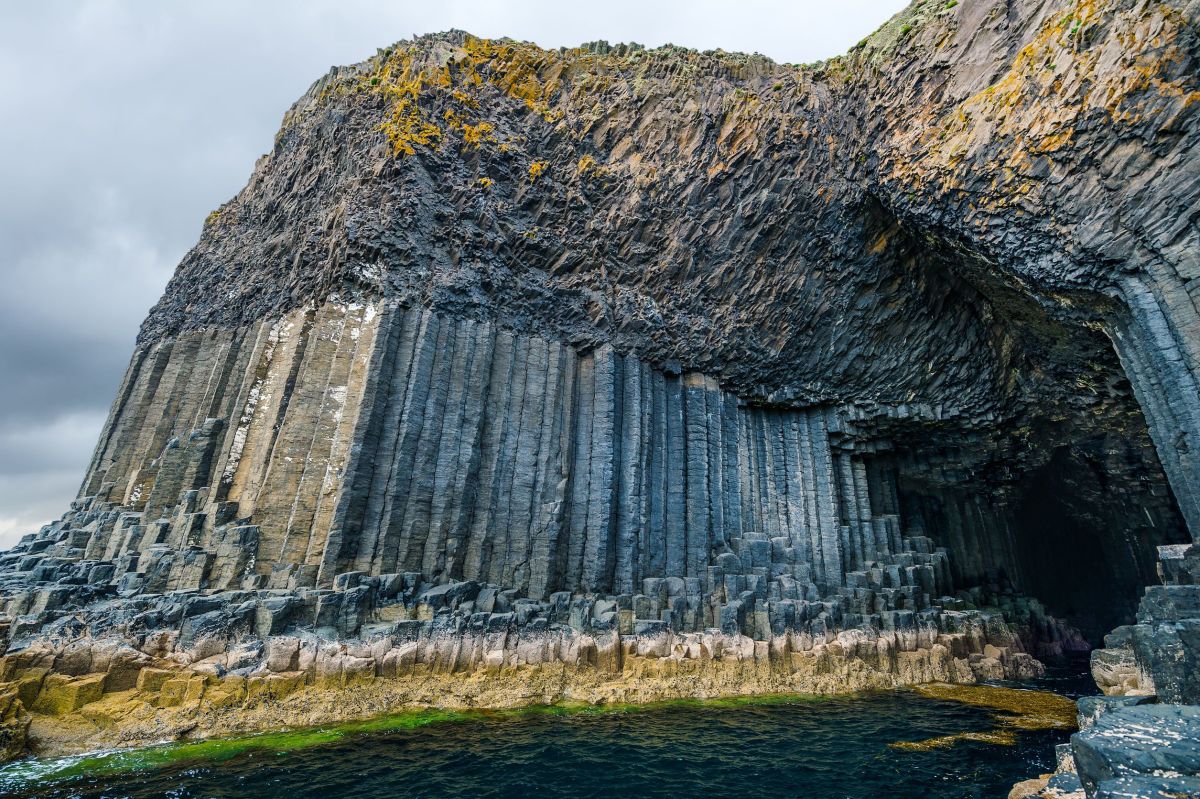
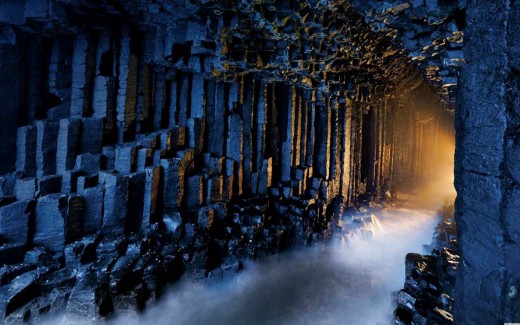
6. Eisriesenwelt Ice Cave (Austria)
Eisriesenwelt means World of the ice giants in German and is located in Werfen, Austria. It is a natural limestone ice cave and is the largest of its kind in the world extending 42 kilometers. Tourists traffic reaches 200, 000 every year.
Although the cave measures 42 kilometers in length, only the first kilometer of this cave is covered in ice and is open to tourists. Most of the parts are plain limestone.
Eisriesenwelt was formed by the eroding passageway caused by the Salzach river. The ice formations in the cave were formed by thawing snow into the cave which drained and are froze during winter. Since the entrance into the cave is open all year-round, the chilly winds freezes the snow inside. During summer the ice formations are preserved and not melted because of the chilly winds that circulate inside.
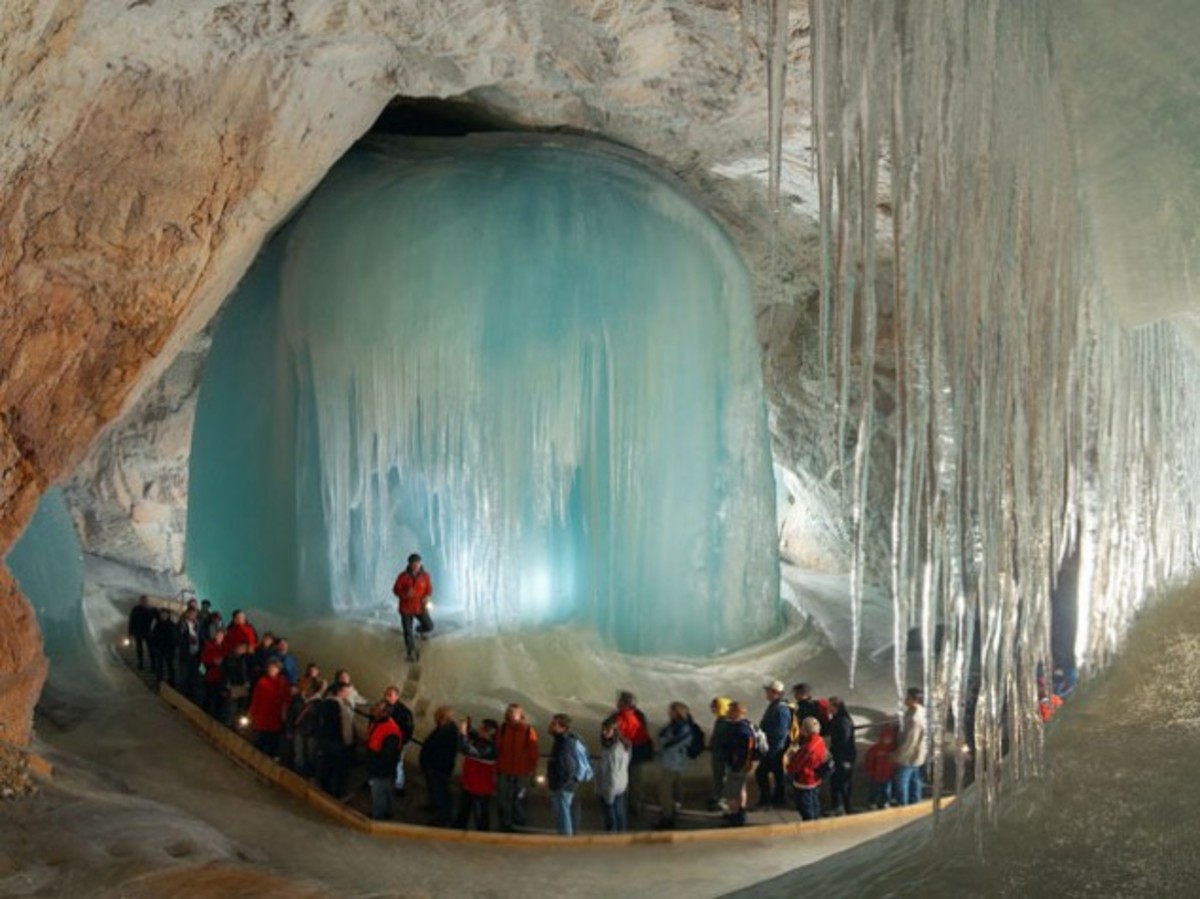
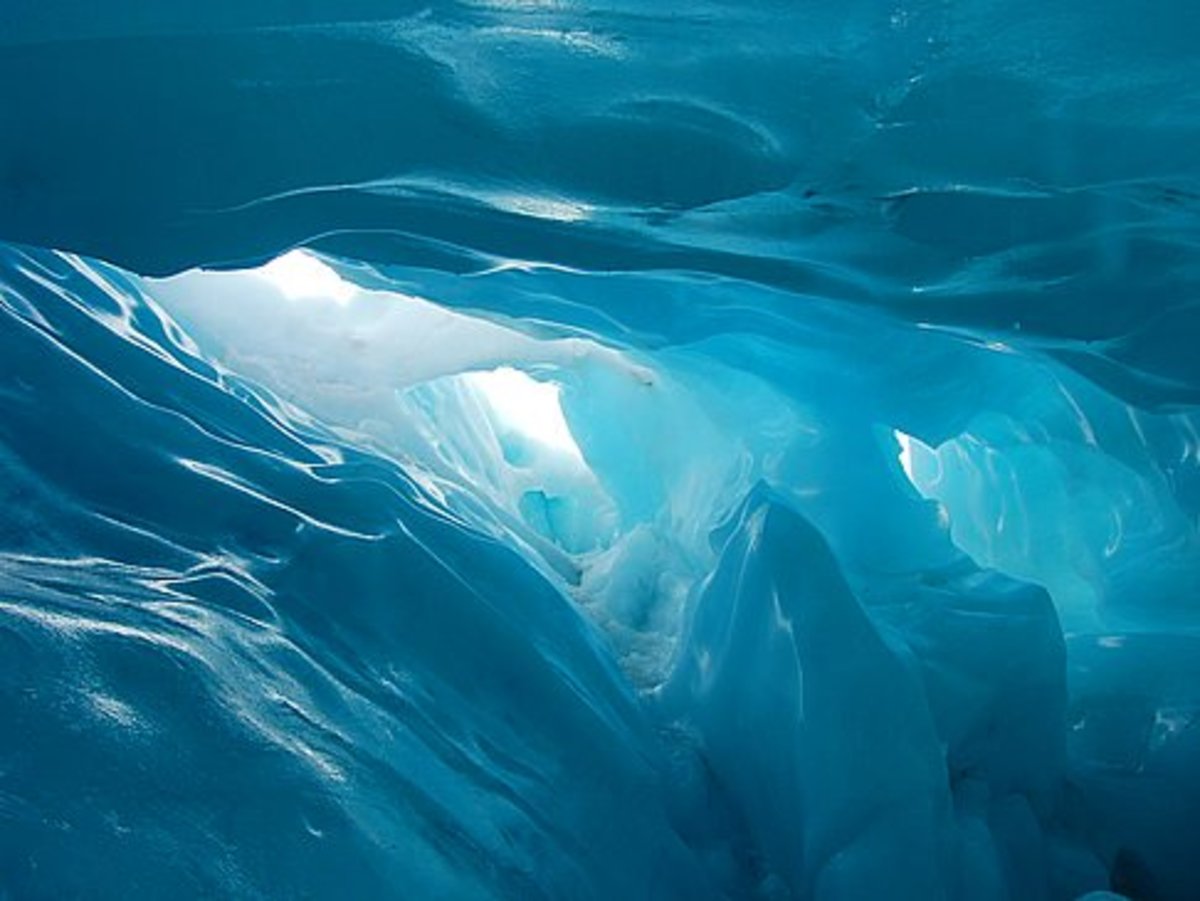

...Other must see caves
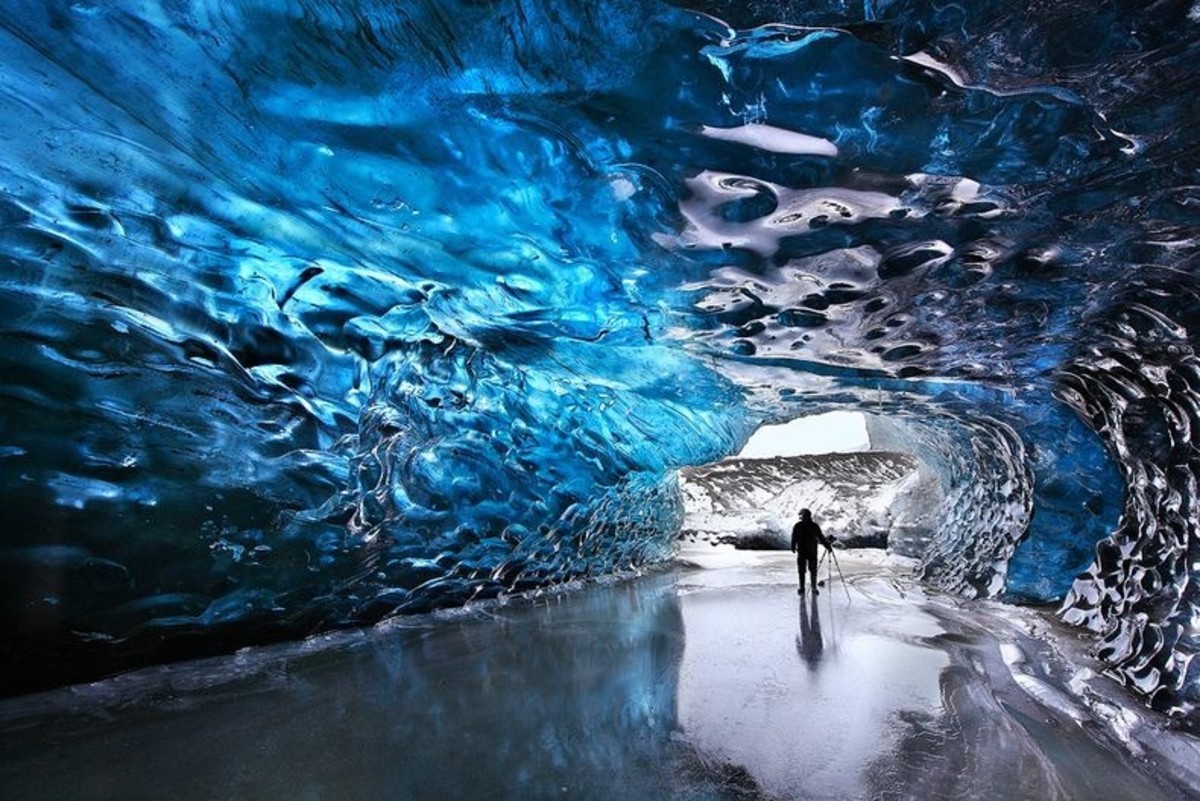
5. Puerto Princesa Underground River, Palawan Philippines
Puerto Princesa Subterranean/underground river is located in Palawan, Philippines. It is one of the 7 New Wonders of Nature and is a UNESCO world heritage site. The entrance to this cave is a short hike from a town nearby.
In 2010, a group of environmentalists and geologists discovered that the underground river has a second floor and there are numerous small waterfalls inside the cave. There is also a 300 meter cave dome above the underground river where one can see unbelievable rock formations, large bats, a deep water hole in the river, more river channels, another deep cave and it is also abundant in marine creatures.
The cave is navigable by boat up to 4 km. Deeper part of the cave is impossible to explore due to oxygen deprivation. There are also several large chambers found inside the cave including the 360 meters Italian chamber which is one of the largest cave rooms in the world.
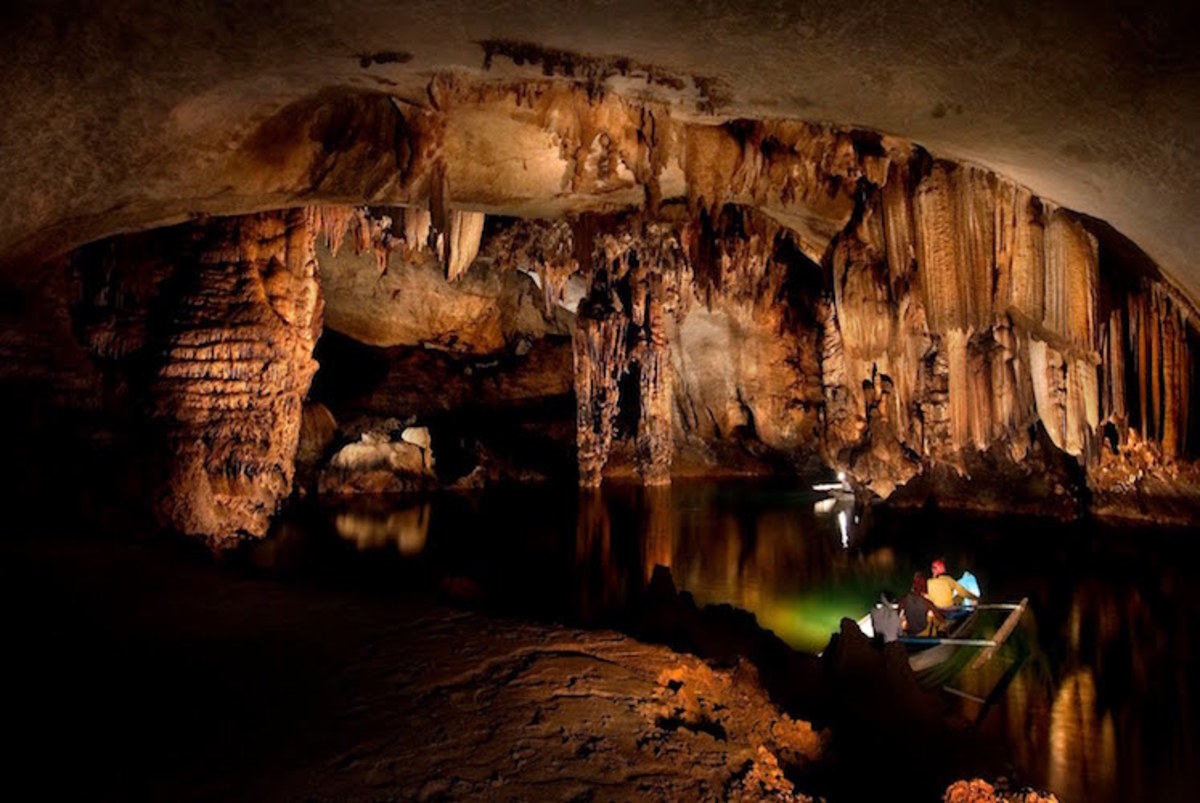
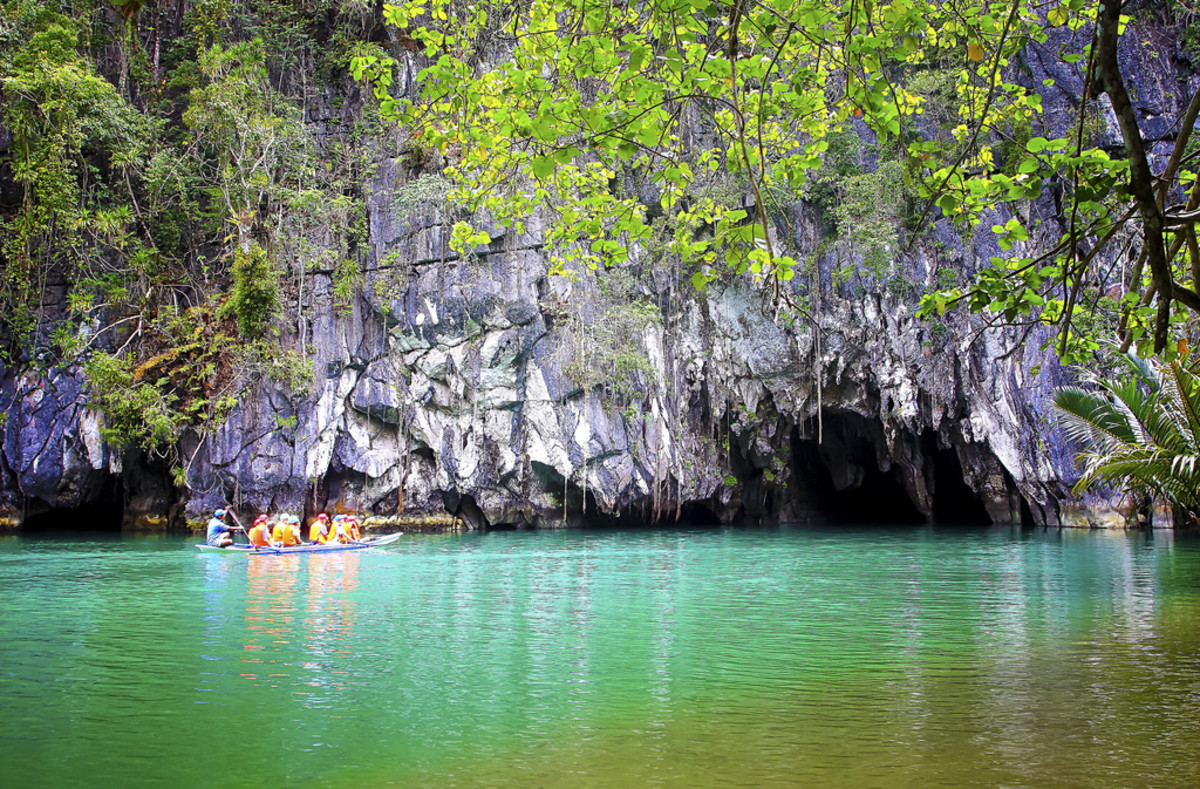
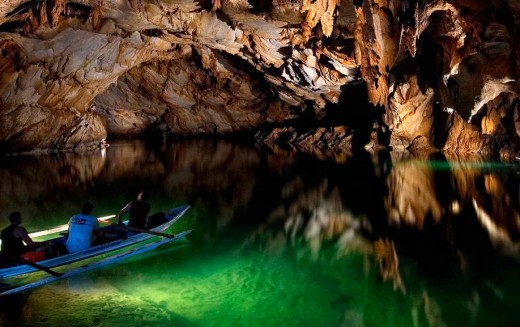
4. Mammoth Cave National Park (Kentucky, US)
Mammoth cave National park is the longest cave system in the world and probably will be the longest for all time which is unlikely to be surpassed. It spans 52 830 hectares which is twice as long as the second longest cave system, Mexico's Sac Actun an under water cave.
The National Park offers several cave tours to tourists and visitors. Numerous notable features of the cave includes the Grand Avenue, Frozen Niagara, and the famous Fat Man's Misery. These attractions are seen on lighted tours which can reach up to 6 hours in length. The cave tours also offers some "wild" caving by venturing away from the developed parts of the cave into muddy crawlspaces and dusty tunnels.
The echo river tours which was once the most famous tour attraction for visitors is no longer open to public for some unidentified reason.
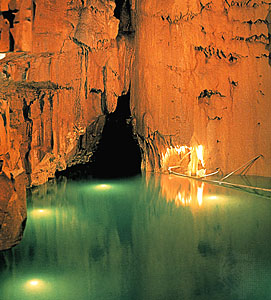
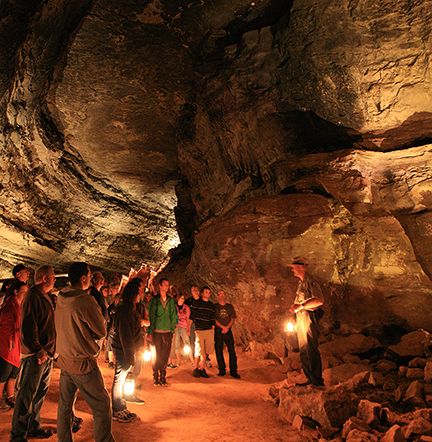
3. Škocjan Cave (Slovenia)
Škocjan Cave is one of the most significant underground phenomena both in the karst region and Slovenia. It is listed as one of the protected sites of UNESCO World Heritage for its exceptional importance. This cave also ranks among the most important caves in the world. International scientific circles also considers it among the natural treasures of the planet.
According to UNESCO the Škocjan Cave is:
- among the largest underground canyons known worldwide
- a natural beauty with great aesthetic value
- diverse ecosystem
- historically and culturally significant because it was inhabited during prehistoric times
- perfect example of contact karst
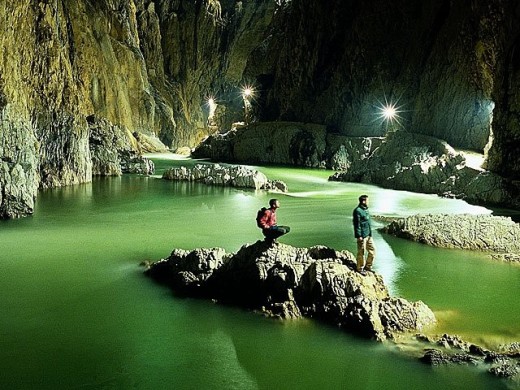
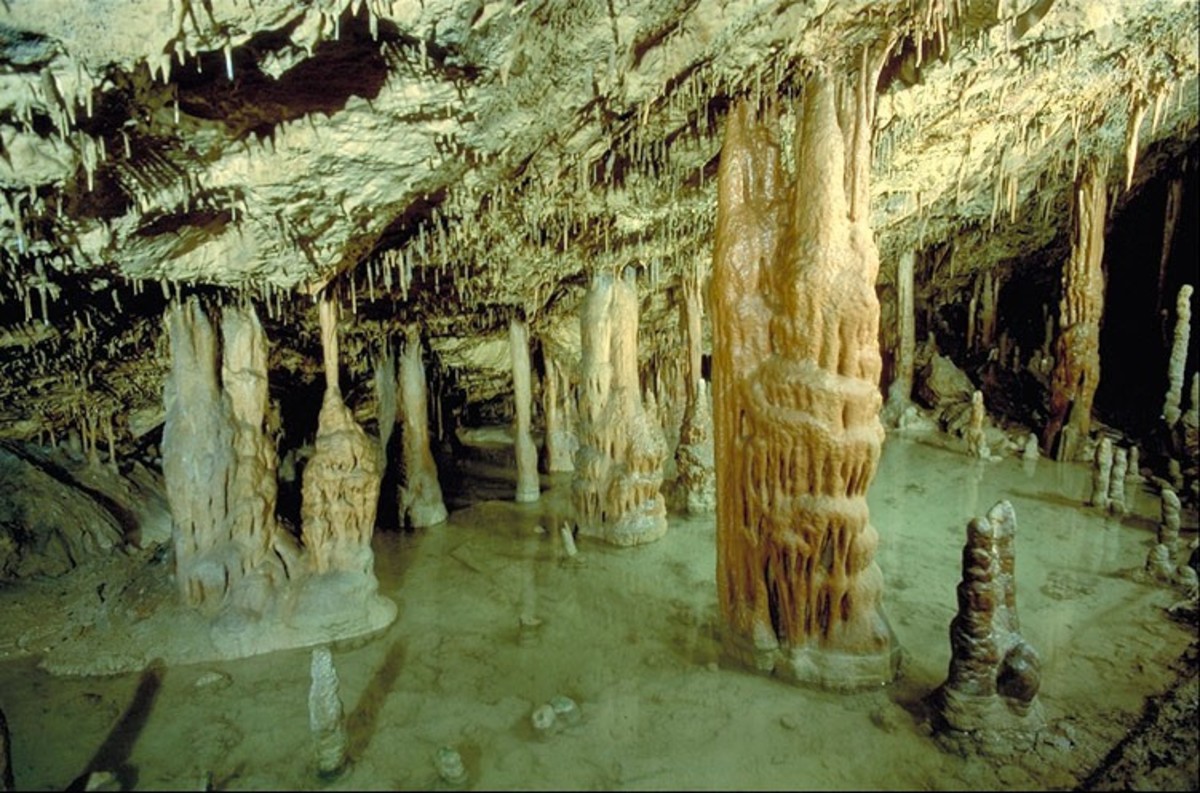
...Other must-see caves
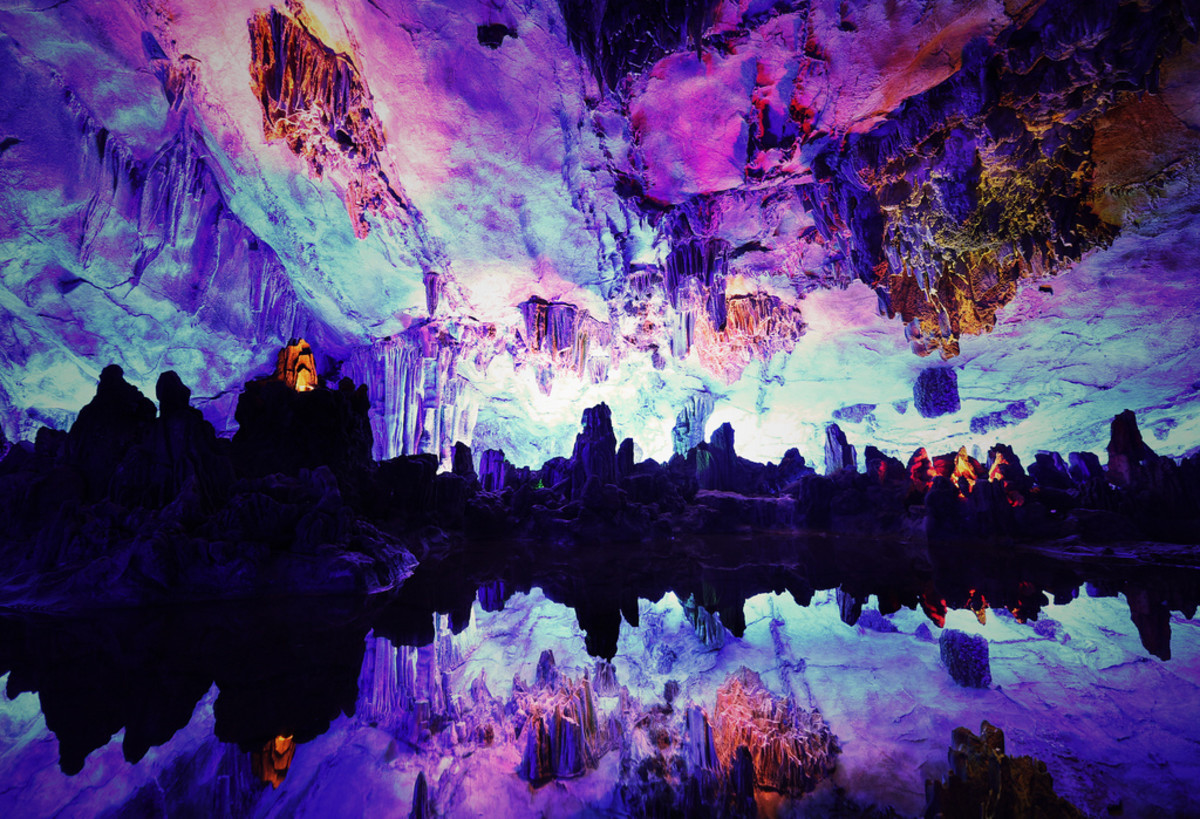
2. Carlsbad Caverns National Park (New Mexico,US)
Carlsbad Caverns National Park sits on top of the limestone rock above the groundwater level. It is one of the most visited caves in the United States reaching 41 million visitors in 2011. It is open all year round except for Christmas days and visitors have the option to either hike their way all the way to the entrance of the cave or use the visitors elevator.
This cavern includes a Big Room which is a big chamber room made of natural limestone and is about 4000 ft long 625 ft wide and 255 ft high at the highest point making it the third largest chamber room in North America and seventh largest in the world.
It offers numerous programs for tourists including the popular Bats flight program where tourists can witness the bats flight from the inside of the cave to outside during sunset and their flight back into the cave before sunrise. Camping is also allowed provided they have a ticket from the National Park center.
Recent discovery gave birth to the Chocolate room and the bottomless pit. The latter was first known to having no bottom because if someone throws a stone into the pit, no sound of the stone hitting the bottom was heard. Later they found out that the pit is only 140 ft deep and its bottom is made of soft dirt. That's the reason why it doesn't make a sound when a stone is thrown in.
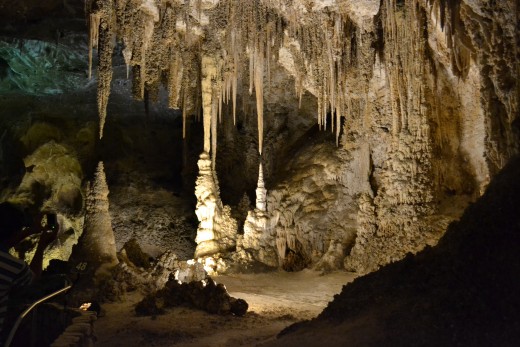
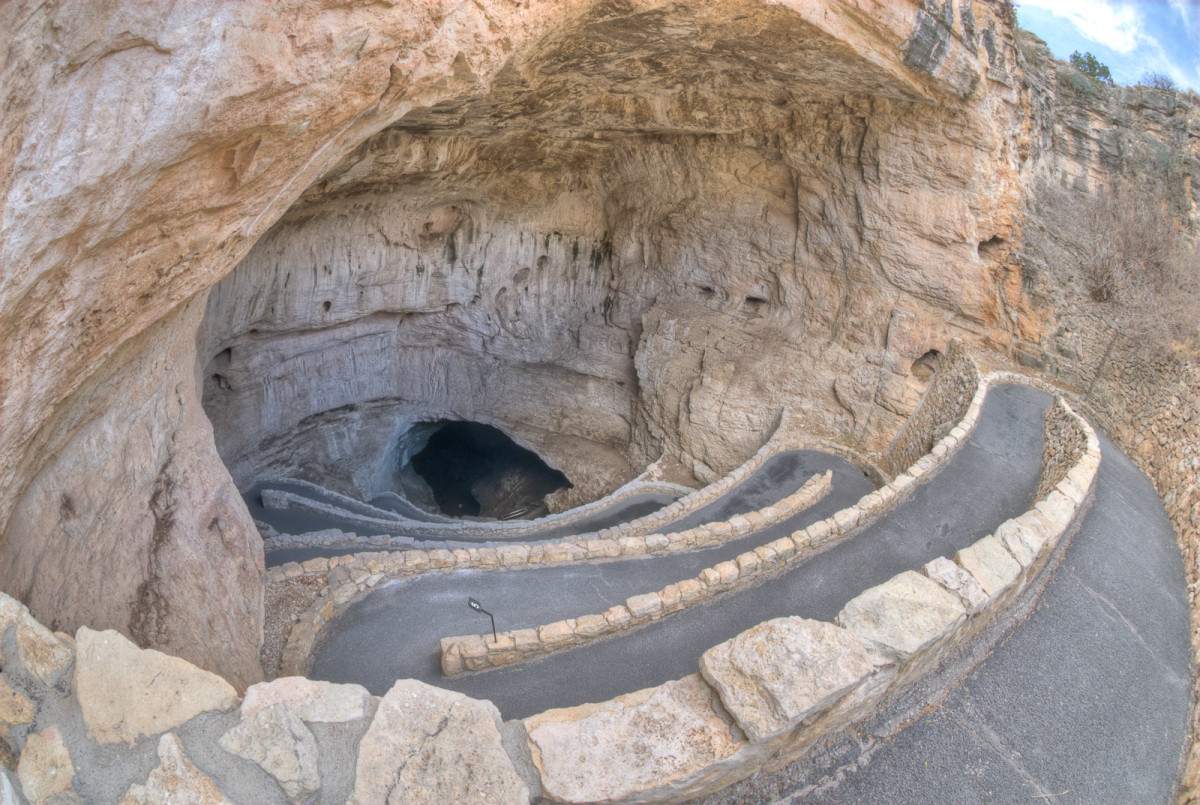
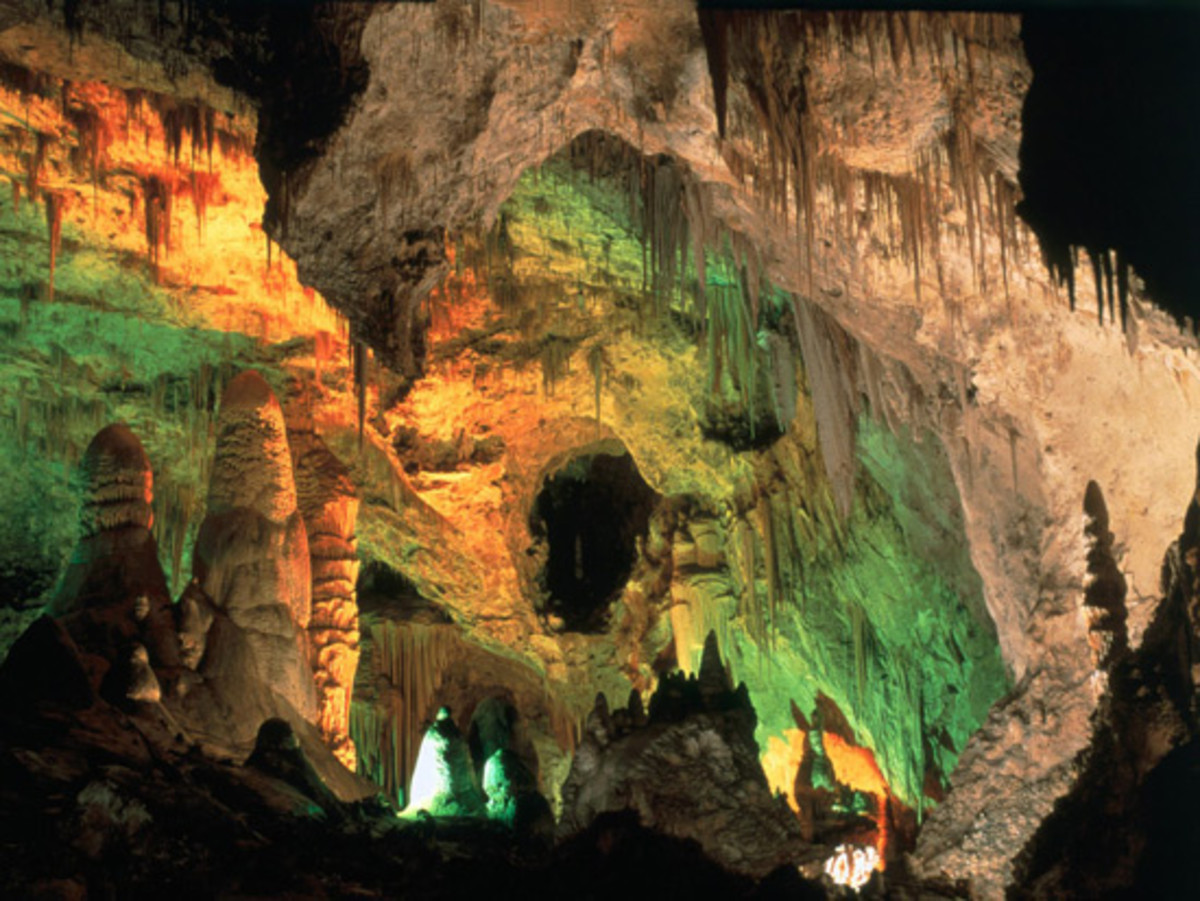

1. Waitomo Glowworms Cave (New Zealand)
And the number one spot belongs to the Waitomo Glowworms Cave in New Zealand! This cave is a major tourist attraction and is popular worldwide. The glowworms "arachna luminosa" is only found in New Zealand and they thrive only in this cave. They are just the size of a normal mosquito. And millions of them abound inside the cave. They are monitored closely by a specialist staff from scientific advisory group which uses automated equipment to monitor the cave remotely, including the temperature, the amount of carbon dioxide (needed to maintain the glowworms) and the number of visitors that can enter each day.
The guided tours go into three levels and commences with a boat ride into the underground river where the cave ceiling is lighted solely by these spectacular glow worms.
It's basically the same as watching the night sky full of twinkling stars!!! so Amazing...
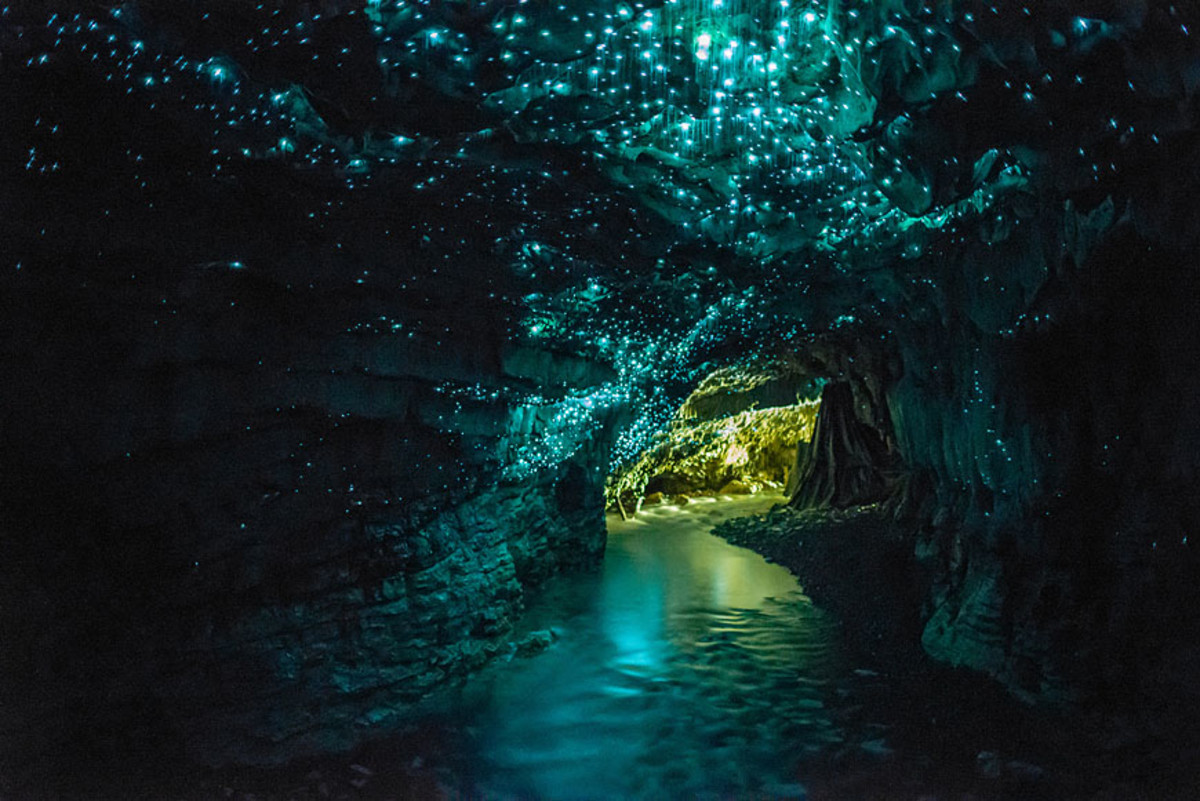
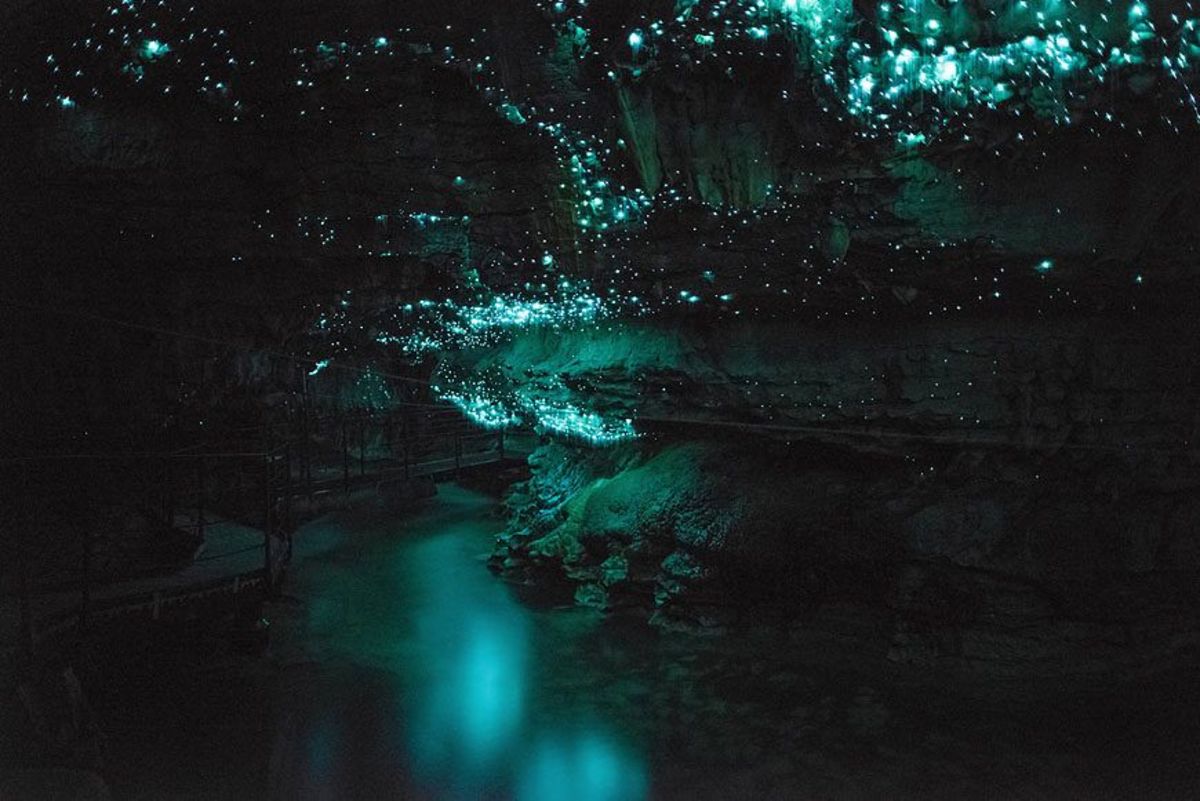
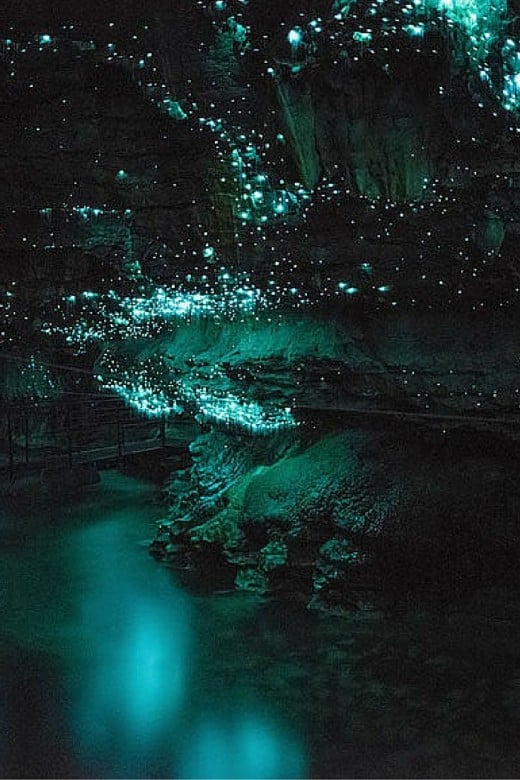
No comments:
Post a Comment